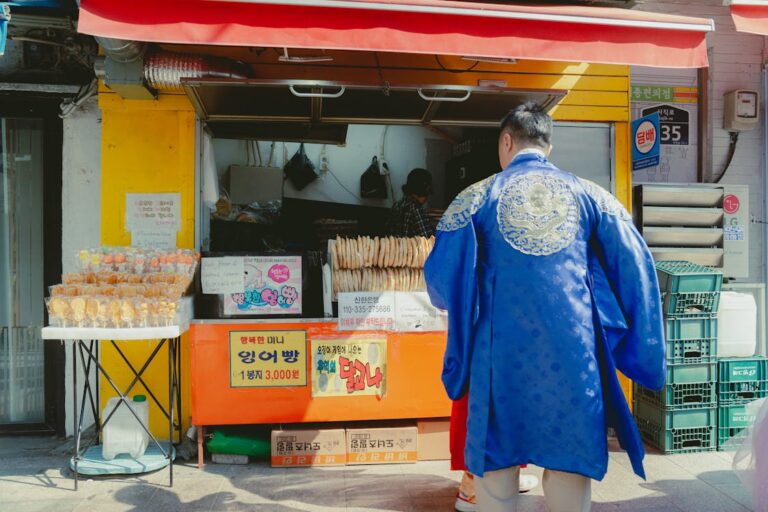rolla market is one of the most iconic and historically rich shopping areas in Sharjah, United Arab Emirates. Known for its vibrant atmosphere, bustling alleys, and wide array of goods, Rolla Market has long served as a melting pot of cultures, commerce, and community life. Located in the Rolla district and named after a massive banyan tree that once stood at its center, the market draws both locals and tourists seeking authentic products, traditional experiences, and unbeatable bargains. It stands as a testament to how urban spaces can preserve cultural identity while adapting to modern economic demands.
A Journey Through History: Origins of Rolla Market
The origins of Rolla Market trace back several decades, to a time when Sharjah was still a modest town rooted in trade, fishing, and pearl diving. The area developed as a central marketplace where residents could buy essentials and socialize with fellow community members. The name “Rolla” itself refers to a banyan tree (locally called “Rolla”) that served as a meeting point in the early days of the market. Over time, as the city grew and modernized, the market retained its traditional charm, evolving into a unique blend of old-world spirit and contemporary vibrancy. This historical backdrop adds depth to the shopping experience, reminding visitors of the humble beginnings that shaped the current cosmopolitan face of Sharjah.
A Shopper’s Paradise: What You Can Find at Rolla Market
Rolla Market is a treasure trove for anyone interested in shopping for affordable yet diverse items. From textiles, electronics, perfumes, and mobile accessories to spices, household items, and gold jewelry, the market offers something for every budget and taste. One of its most appealing features is the opportunity to bargain—a cultural practice deeply embedded in local shopping traditions. Many shops are family-run businesses that offer personalized customer service and a wide selection of imported goods, particularly from South Asia and the Middle East. The textile shops, in particular, are famous for their variety of fabrics, making it a popular stop for tailors and fashion-conscious shoppers looking to customize traditional wear.
Food and Flavors: A Culinary Tour in Rolla
No visit to Rolla Market is complete without sampling its culinary offerings. The surrounding streets are dotted with small restaurants, food stalls, and juice shops offering everything from Indian curries and Pakistani biryanis to Arabic grills and Filipino snacks. The aroma of spices, the sight of skewered meats sizzling on open grills, and the hum of casual conversations create an irresistible ambiance for food lovers. Affordable pricing and generous portions make it a preferred eating spot for working-class residents and families alike. Moreover, the fusion of flavors mirrors the multicultural fabric of the area, offering a gastronomic adventure that transcends borders.
A Melting Pot of Cultures and Communities
One of the most fascinating aspects of rolla market is its role as a cultural crossroads. The market attracts people from a wide range of nationalities—Indians, Pakistanis, Filipinos, Egyptians, and Emiratis, among others—each contributing to the diverse social tapestry of the area. This multicultural environment is reflected not only in the goods and food sold but also in the everyday interactions between customers and shopkeepers. Conversations in multiple languages, traditional clothing from various regions, and celebrations of cultural festivals all contribute to the market’s unique character. It’s not just a place for commerce—it’s a living, breathing community space where cultural identity is constantly on display.
Challenges and the Future of Rolla Market
While Rolla Market remains a popular destination, it is not without its challenges. The rise of large shopping malls and e-commerce platforms has drawn some customers away from traditional markets. In addition, traffic congestion, limited parking, and occasional overcrowding can deter some visitors. However, the market has continued to adapt by modernizing its infrastructure, improving hygiene standards, and maintaining its competitive pricing. Local authorities have also made efforts to preserve its heritage, recognizing the market’s importance to Sharjah’s cultural landscape. With the right balance between modernization and tradition, Rolla Market can continue to thrive as a vital part of the city’s identity.
